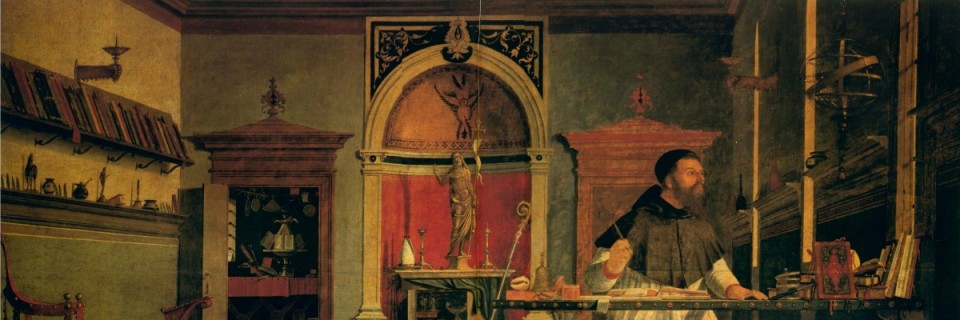Home » Posts tagged 'Ancient Near East'
Tag Archives: Ancient Near East
“A Biblical Guide to the Metropolitan Museum of Art – Vol. I: The Ancient Near East”
Late last year I teamed up with Ron Choong, PhD, executive director of ACT Ministry, to write a museum guide to the Ancient Near Eastern Art Gallery for the Metropolitan Museum of Art.
40 Maps that Explain the Middle East – vox.com

Map on how the Middle East gave Europe religion, three times
If you want a crash course on the history of the Middle East through maps from 9000 BC to the present day, then check out this site.
Highly informative in my opinion.
“Noah’s Ark: The Facts Behind the Flood”

Dr. Irving Finkel, assistant keeper at the department of the Middle East at the British Museum, recently deciphered the “Ark Tablet” – an ancient Babylonian tablet that describes a flood and a building of an ark by a single person; however this one is unique in that this tablet provides specific instructions on how the ark was to look like and be built.
Some interesting facts:
- In this account, the ark was round, called a coracle– a shape that is still used today in the Middle East, with a diameter of around 230 ft; very different from our traditional picture of what the ark looked like from our Sunday school pictures
- It’s one of the first known depictions of the Akkadian (Semitic Babylonian) word “sana” which translates to “two each, two by two” when the Ark Tablet describes how the animals were rounded into the coracle. (Sound familiar?)
- It’s worthy to bear in mind that, as Finkel states, the Babylonian flood story in cuneiform is 1,000 years older than the book of Genesis in Hebrew.
He’s come out with a new book on his discoveries called The Ark Before Noah: Decoding the Story of the Flood.
I personally had a chance to attend a lecture of Dr. Finkel in the summer last year at the Metropolitan Museum of Art when they were exhibiting the Cyrus Cylinder; the Met used his English translation of the Cylinder. He’s quite an entertaining speaker, unlike most other academic lecturers in his field who tend to be quite dry and boring in my opinion.
It should be interesting to see how this may impact biblical and Old Testament studies in the future.
Click here for his complete article.

